HOW OFTEN (AND WHY) SHOULD I BALANCE MY TIRES?
Brought to you by Driving Line | May 12, 2020
Only 11-percent of drivers check their tires’ inflation pressure on a monthly basis, so it stands to reason that an even smaller percentage bother themselves with making sure their tires remain perfectly balanced. But just like correct inflation pressure, regular tire rotations and precise alignment, periodically balancing your tires is a part of proper tire maintenance. When new, during rotation intervals and certainly any time a vibration is detected, your tires should be inspected for proper balance. With curbed rims, lost counterweights, flat spotting and tire-to-wheel slippage all being common occurrences in everyday driving, it doesn’t take much to disrupt the perfect balance your tire and wheel assemblies had when they were brand-new.
For everything you ever wanted (and needed) to know about balancing, the information below is intended to help you get the best ride quality, longest tread wear and optimum safety out of your tires.
Avoid Imbalance From the Start: Buy Quality Tires
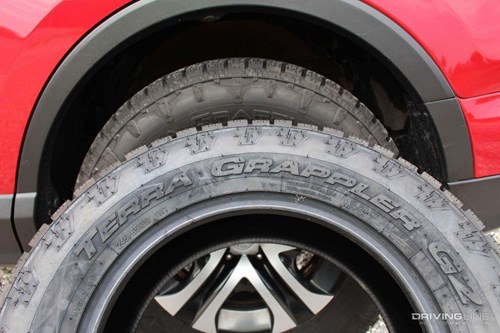
First and foremost, you have to start with a quality tire that possesses sound uniformity. Uniformity refers to how even and round a tire is manufactured. When you combine a tire that has quality uniformity with a good balance job, you’ll benefit from even weight distribution and optimum wear characteristics right from the outset.
What Causes A Tire To Become Out Of Balance?
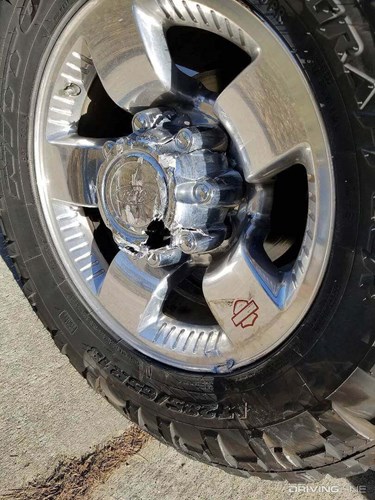
You’d be surprised at just how easily a tire can become imbalanced. For example, a hard skid in a panic-brake situation can flat spot a tire. With the tire no longer perfectly round, it’s likely to add a vibration to your driving experience. A bent rim or the loss of a counterweight are other common causes of imbalance. Aggressive acceleration or braking can result in tire-to-rim slippage, which also affects balance. Some of the above scenarios aren’t always avoidable in normal driving, which makes it all the more important to check for proper balance anytime you rotate or experience a vibration while driving your vehicle. The photo above was sourced from High Velocity Diesel Performance, whose Ford Excursion was hit by another vehicle and suffered a bent rim (among other damages).
Imbalance Leads To:
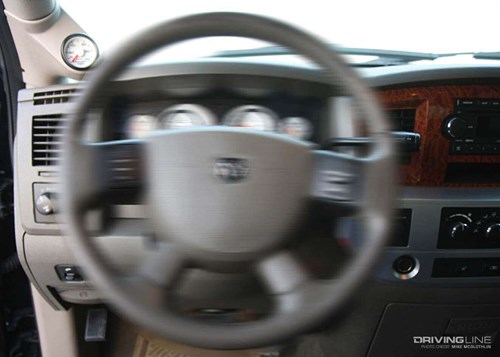
It goes without saying that an imbalanced tire yields uncomfortable ride quality, but in addition to the vibration sensation that typically accompanies an out of balance tire the affected tire’s handling characteristics are compromised as well. This includes steering. All it takes is one half of an ounce of weight difference on any given tire to bring about considerable vibration.
Increased Wear
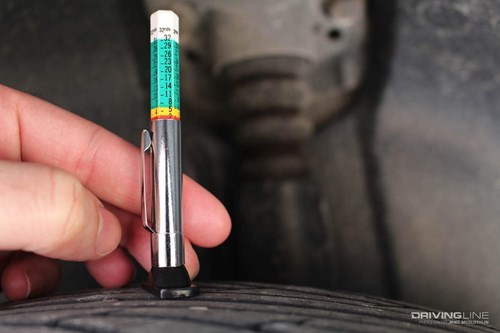
An out of balance tire can lead to increased and uneven tread wear. This is especially true for tires that are improperly inflated or not regularly rotated. However, excessive tread wear can also be traced back to a poor balance job from the tire shop. If left unchecked, uneven wear can produce vibrations that not only worsen over time, but that also increase the chance of the tire blowing out.
Types of Imbalance
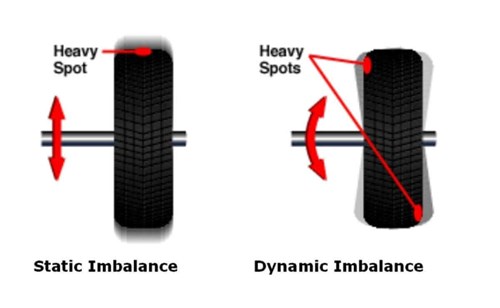
We’ve all passed a vehicle on the interstate that was noticeably equipped with out of balance tires and many of us have even experienced tire imbalance through the steering wheel. There are two primary forms of tire imbalance: static and dynamic. In instances of static imbalance, a vertical vibration or hop is present. Dynamic imbalance entails side-to-side vibration or wobbling (which is distinctly felt in the steering wheel). Proper tire balancing can solve and counteract the forces that cause these vibrations, which usually conspire at the same time.
The Balancing Process
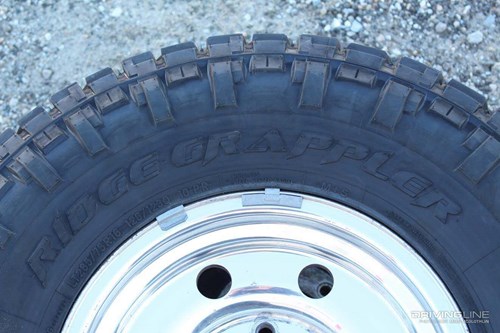
On a balancing machine, your tire professional runs each wheel and tire assembly up to high speed in what’s known as the dynamic balance procedure to pinpoint its heaviest point. From there, clip-on counterweights (measured in ounces) are added to the lip of the wheel to redistribute the weight of the assembly evenly. We’ll note that adhesive counterweights are used when clip-on versions can’t be, but are sometimes used in addition to the traditional clip-on counterweights.
Maintaining ‘The Look’ With Inboard Counterweights
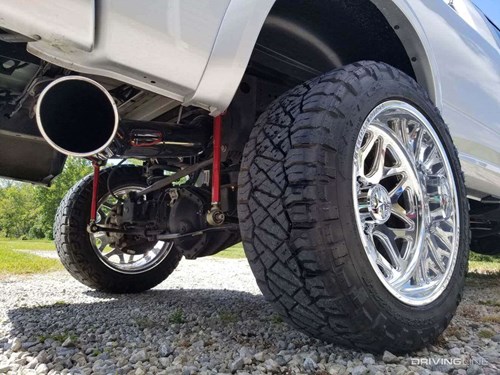
To maintain the aesthetics of certain vehicles with aftermarket wheels, many enthusiasts request that the counterweights be installed on the inboard side of the wheel rather than the outside, so long as precise balance can still be achieved. On wheels void of a lip to accommodate a conventional clip-on counterweight or that have delicate finishes, the aforementioned adhesive counterweights can be employed.
Benefits of a Quality Balance Job
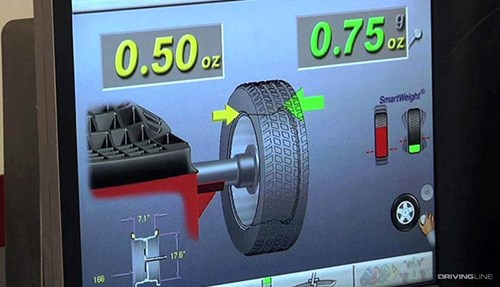
A well-executed balancing procedure leads to equal weight and force distribution across the tire and wheel assembly, which eliminates vibration and results in the smooth, comfortable ride we’re all after when driving. In addition to optimum ride quality, a well-balanced set of tires facilitates even tread wear, maximizes fuel economy and leads to a safer, more stable overall driving experience.
Periodic Balancing
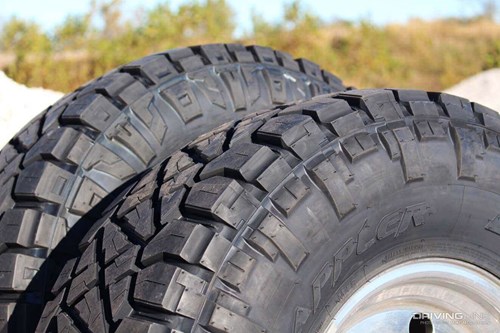
This is the one most folks either overlook completely or hardly ever inquire about. For the majority of the tires rolling across America, they’re balanced once in their lifetime. However, proper tire maintenance dictates that tires should be inspected and re-balanced if necessary at each rotation interval. And at the very least, they should be checked for imbalances any time you experience a vibration.
The Perks of Checking Tire Balance
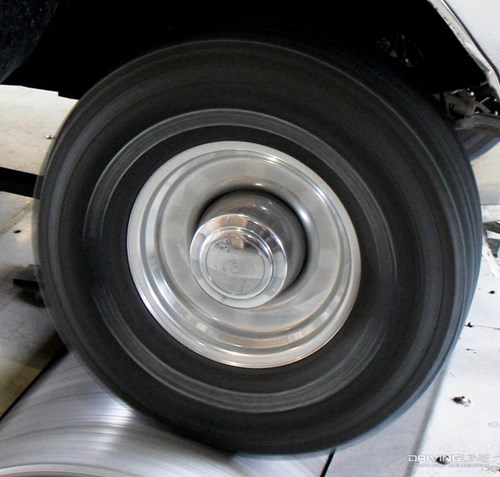
It’s important to know that just because you don’t feel a vibration in the steering wheel doesn’t mean there isn’t one. When a tire is out of balance on a minute level, it can be hard to detect by the seat of your pants. Regular trips onto the balancing machine can catch an imbalance before it becomes a bigger problem. We know you’re busy, but it only takes a few minutes for a competent tire technician to perform a balance test. Think of it as a quick adjustment, an adjustment that will protect your tire investment by making them last as long as you expect them to. Of course, ensuring your tires remain perfectly in balance will guarantee you continue to enjoy a smooth ride and optimal handling as well.